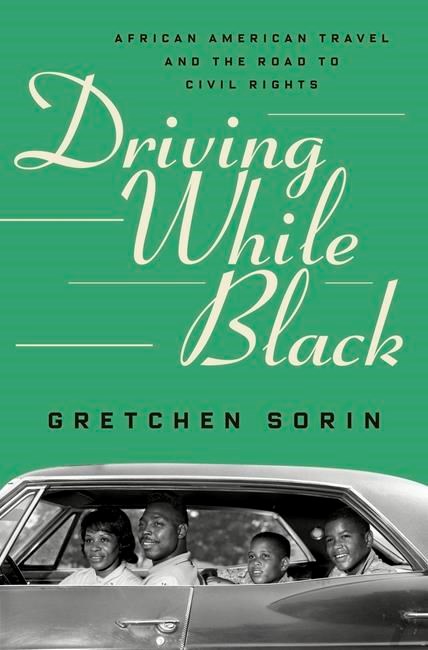“Driving While Black: African American Travel and the Road to Civil Rights,” Liveright/W.W. Norton, by Gretchen Sorin
Chuck Berry had his Cadillac. Scholar W.E.B. Du Bois drove his 1920s convertible. African Americans in 1950s Pittsburgh overwhelming preferred their Buicks.
By the mid-20th century, a travel revolution struck Black America and allowed African Americans to move freely throughout a land that had once enslaved their great grandparents. But barriers remained, from segregated hotels to sundown towns (that barred African Americans after dark) and white mob violence that endangered black families just trying to visit a National Park.
“Driving While Black: African American Travel and the Road to Civil Rights,” by Gretchen Sorin, is a riveting story on how the automobile opened up opportunities for blacks in the U.S. The car allowed African Americans to avoid segregated trains and buses throughout the American South and gave blacks a chance to travel across the country. Travel guides presented a modern-day Underground Railroad to show black
Still, the new freedom also presented challenges. “Black drivers could venture unwittingly into the wrong
The car also didn't offer full protection. In 1946, two young African American couples were pulled from their vehicle by a white mob outside of Atlanta and lynched. Black motorists couldn't shield their children from racist signs and announcements about the Ku Klux Klan controlling the territory they needed to pass.
Sorin's book is one of many recent works examining travel by people of
In Sorin's work, her prose and talent for turning examples into captivating stories prevent the book from being a mere sociological study of how black travel changed the nation. Instead, she blends her own family's history, and those who experienced the black travel revolution, to make the book enjoyable and noteworthy since it shows how the changes ushered in civil rights. Without a network of black motorists, for example, the Montgomery Bus Boycott following Rosa Park's actions might have failed.
Today, black motorists still have to deal with police encounters that can turn deadly. As Sorin writes, that next chapter has yet to be written.
___
Russell Contreras is a member of The Associated Press' race and ethnicity team. Follow him on Twitter at http://twitter.com/russcontreras
Russell Contreras, The Associated Press



